We were then left to be either elated or crushed as the situation dictated.
I was personally crushed.
I collected machine guns and had grown up reading everything I could find about World War II fighter planes.

A U.S. Army CH-47 Chinook helicopter departs a landing zone after unloading soldiers from 173rd Infantry Brigade Combat Team (Airborne) Image: Spc. Glenn M. Anderson/U.S. Army
I wanted to fly an airplane, not manage a bunch of systems.
I had hoped that helicopter gunships might scratch that itch.
And then I got Chinooks.
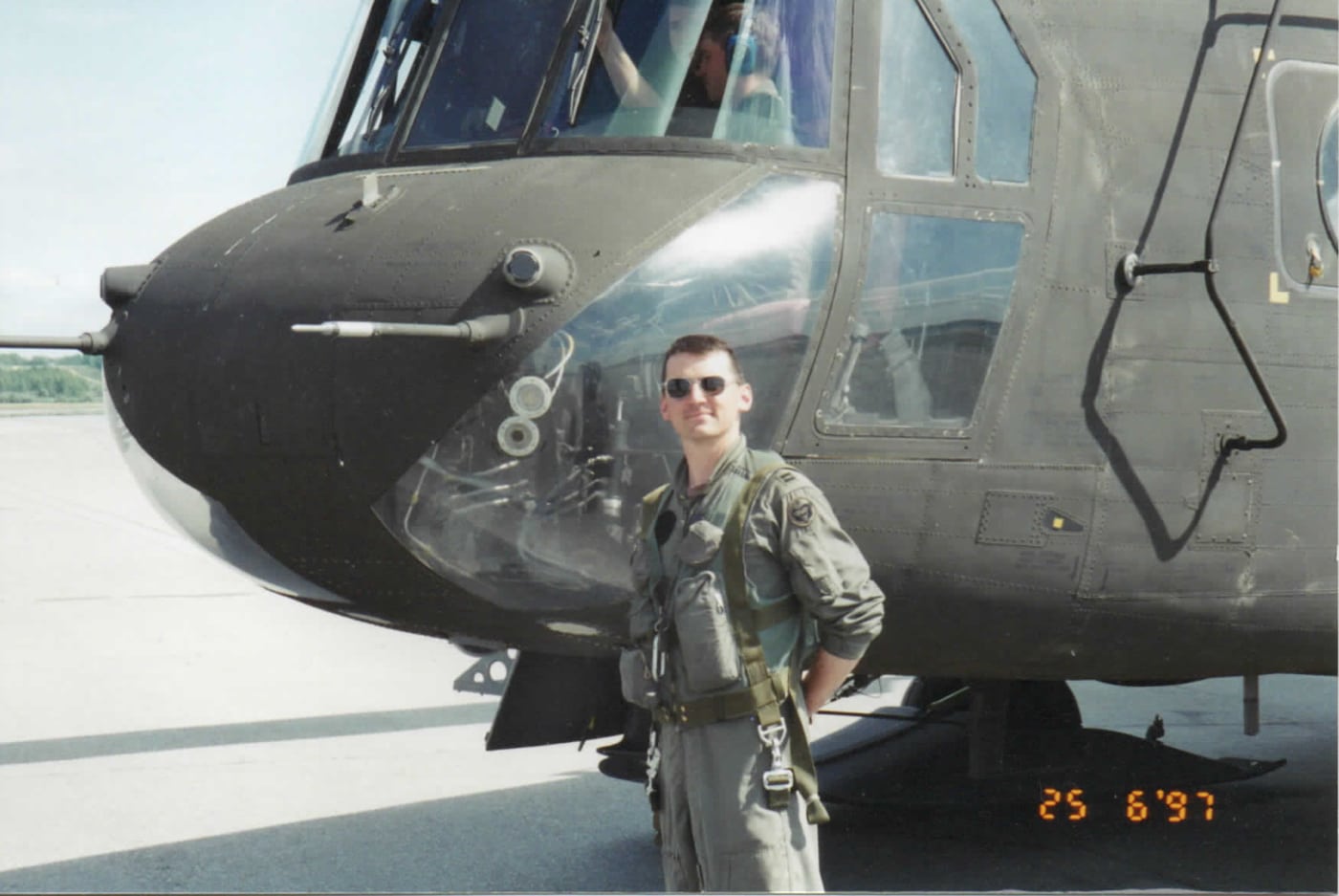
The author spent much of his youth in U.S. Army Aviation, with a fair amount of time in the CH-47D. Be sure also to read his articleFlying with the U.S. Army’s High Altitude Rescue Team.
Its weird, the U.S. Army.
I actually did quite well in flight school, and my instructors all endorsed me for guns.
The Chinook transition was quite the desirable slot, it was simply that I didnt want it.
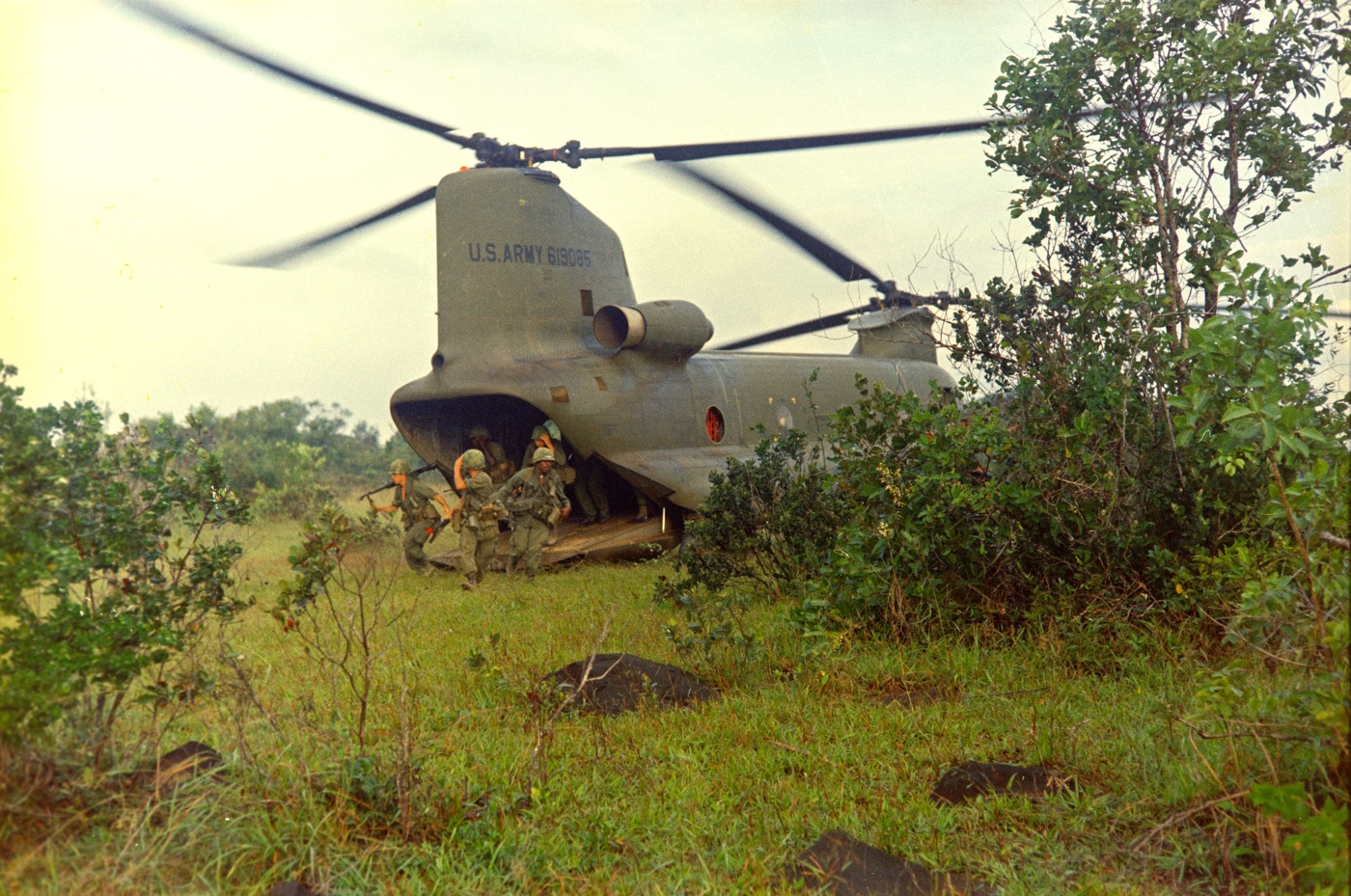
On October 26, 1967, U.S. soldiers from the 4th Infantry Division deploy from a CH-47 Chinook helicopter in Quang Ngai Province, 8 kilometers west of Duc Pho, Republic of Vietnam. Image: NARA
There were other guys who gotSnakesbut wanted Chinooks.
I always suspected Uncle Sam just hated us for some unfathomable reason.
And then I actually strapped on a CH-47D, and I realized what all the fuss was about.
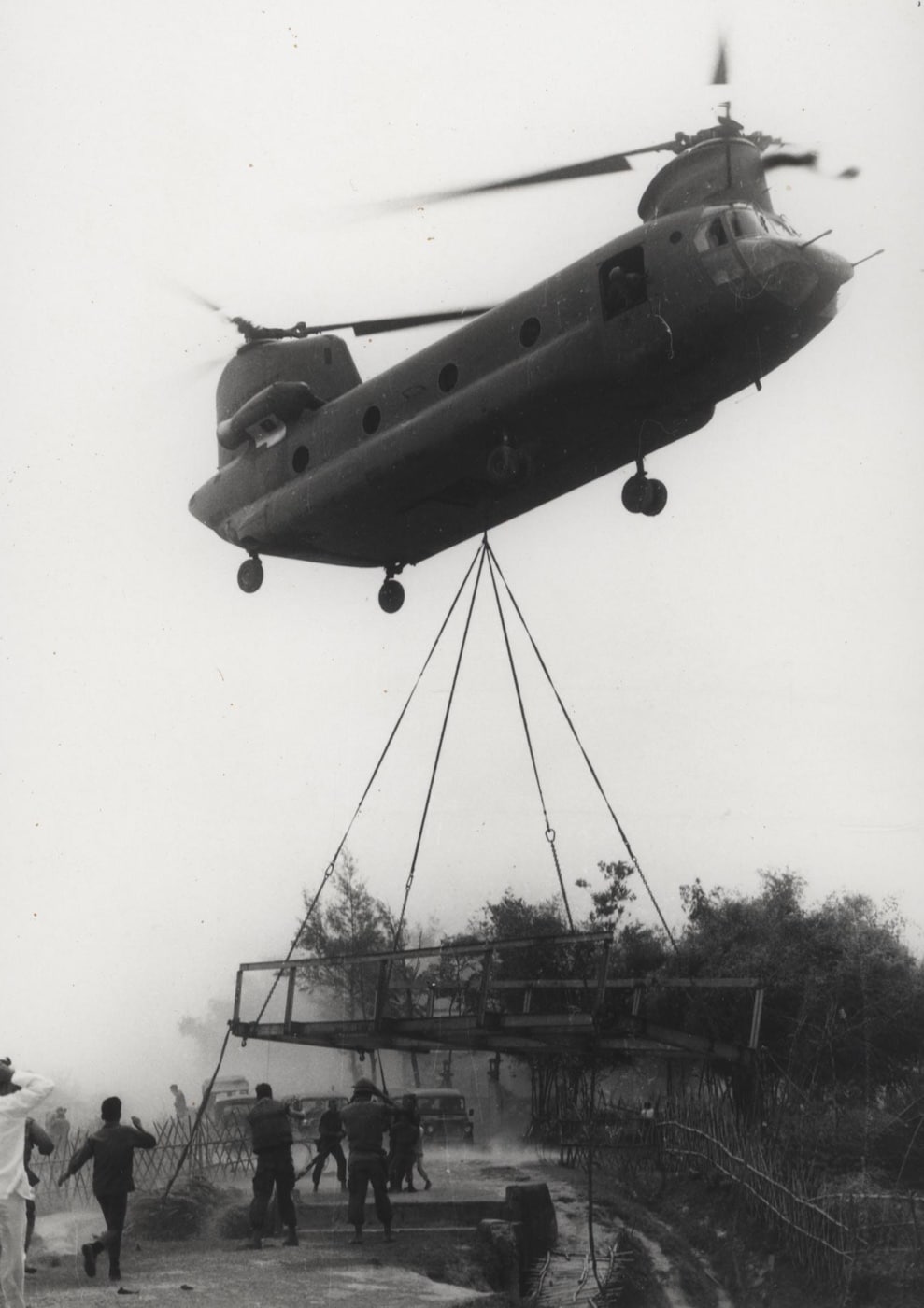
A CH-47 helicopter hovers with a bridge span over a stream near Quang Tri as Vietnamese servicemen and Marines work to place the new bridge. Image: Pfc. E. E. Hildreth/U.S.M.C.
The Chinook was a simply magnificent machine.
In helicopters, speed and maneuverability are a function of power, not aerodynamics.
The Chinook has scads of that.
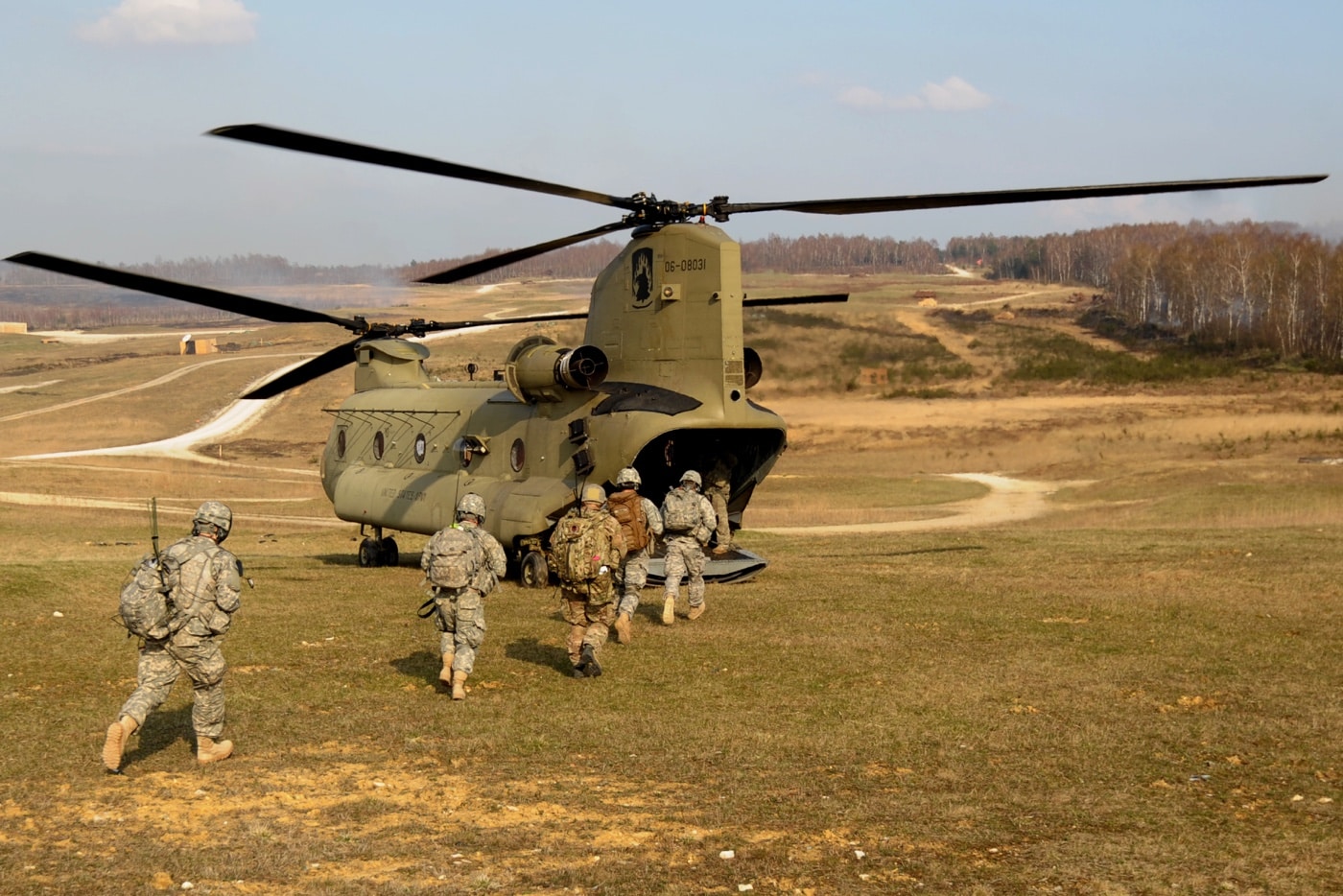
U.S. Army paratroopers board a CH-47 Chinook during a combined-arms live-fire exercise with NATO allies on March 28, 2014. Image: Gertrud Zach/U.S. Army
My versions packed an aggregate 9,000 shaft horsepower into two Lycoming turboshaft engines.
That made the big Chinook wicked fast.
The Blackhawk and Apache were faster, but only in a dive.
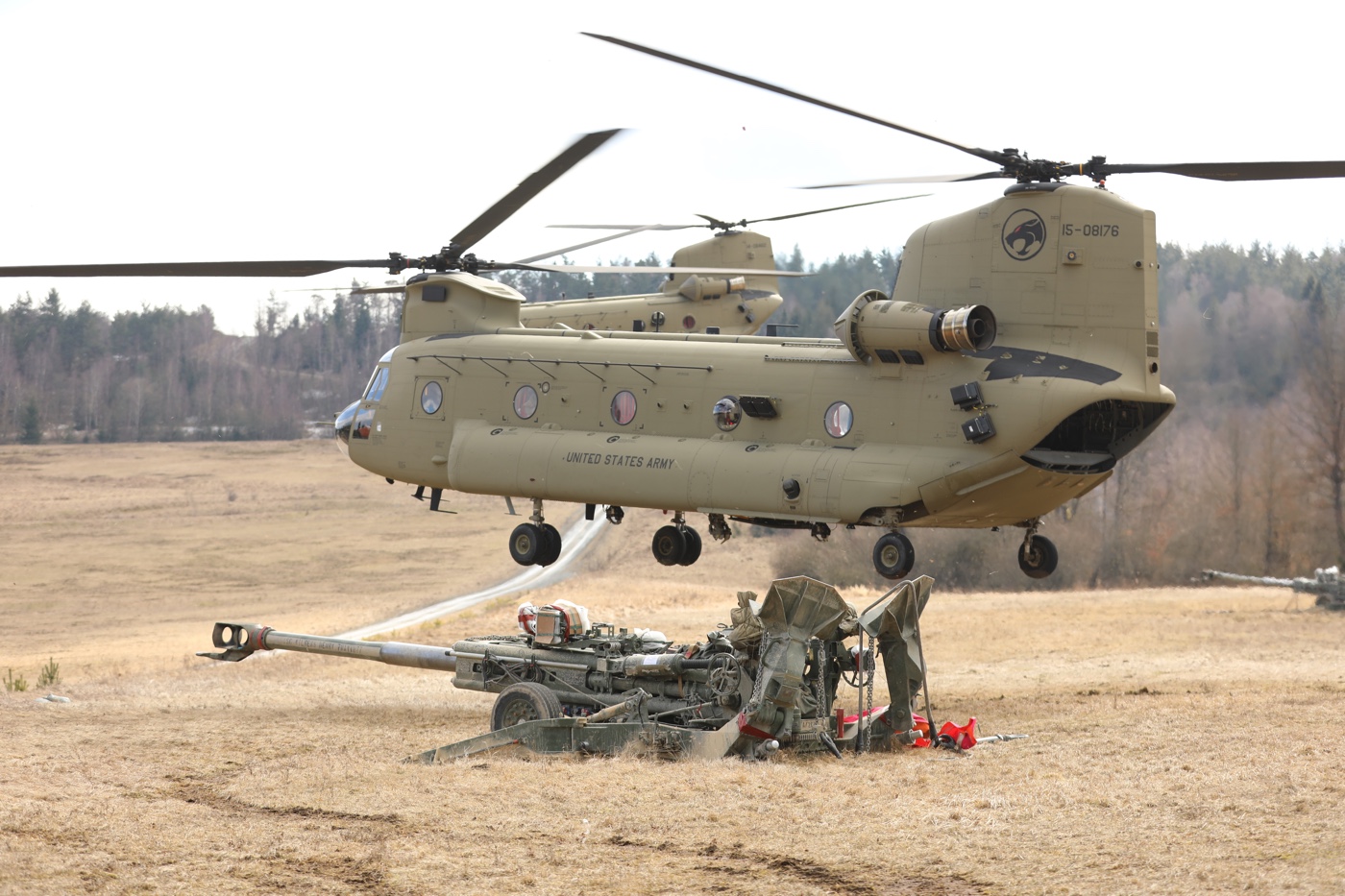
A CH-47 Chinook helicopter completes the drop of an M777 Howitzer during Exercise Dynamic Front 18. Image: U.S. Army
The Chinook would walk away from them both in level flight.
I actually did that myself several times just to prove a point.
When deftly wielded, the CH-47D would turn on a dime as well.
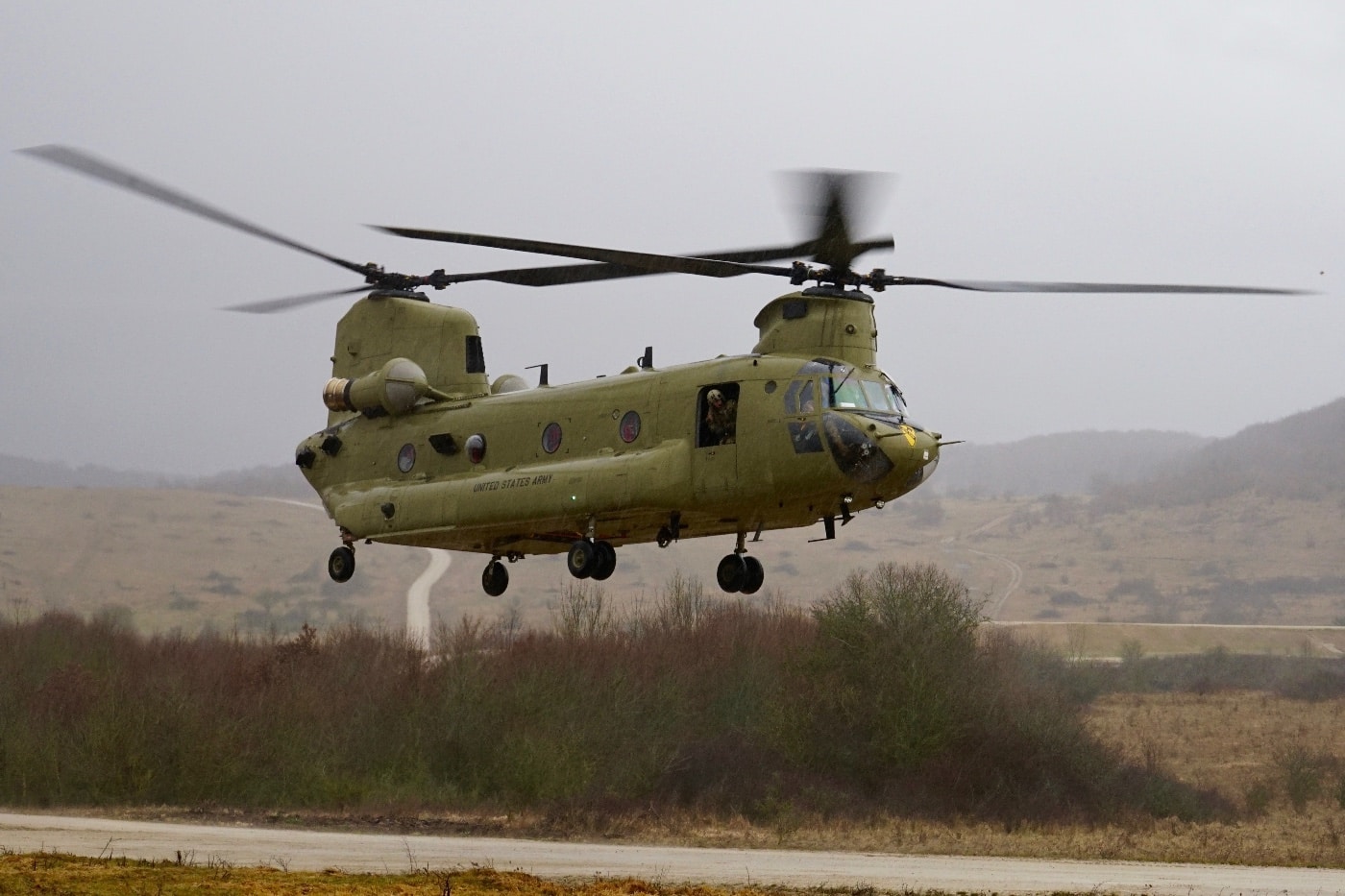
A “Black Cat” CH-47 Chinook helicopter crew assigned to 1st Cavalry Division prepares to land at the Hohenfels Training Area, Germany. Image: Sgt. Gregory T. Summers/U.S. Army
Most conventional helicopters are slaves to tailwinds.
Whatever power is required to keep that thing spinning is essentially wasted.
By contrast, the massive twin counter-rotating rotors on the Chinook funnel all that power into lift.
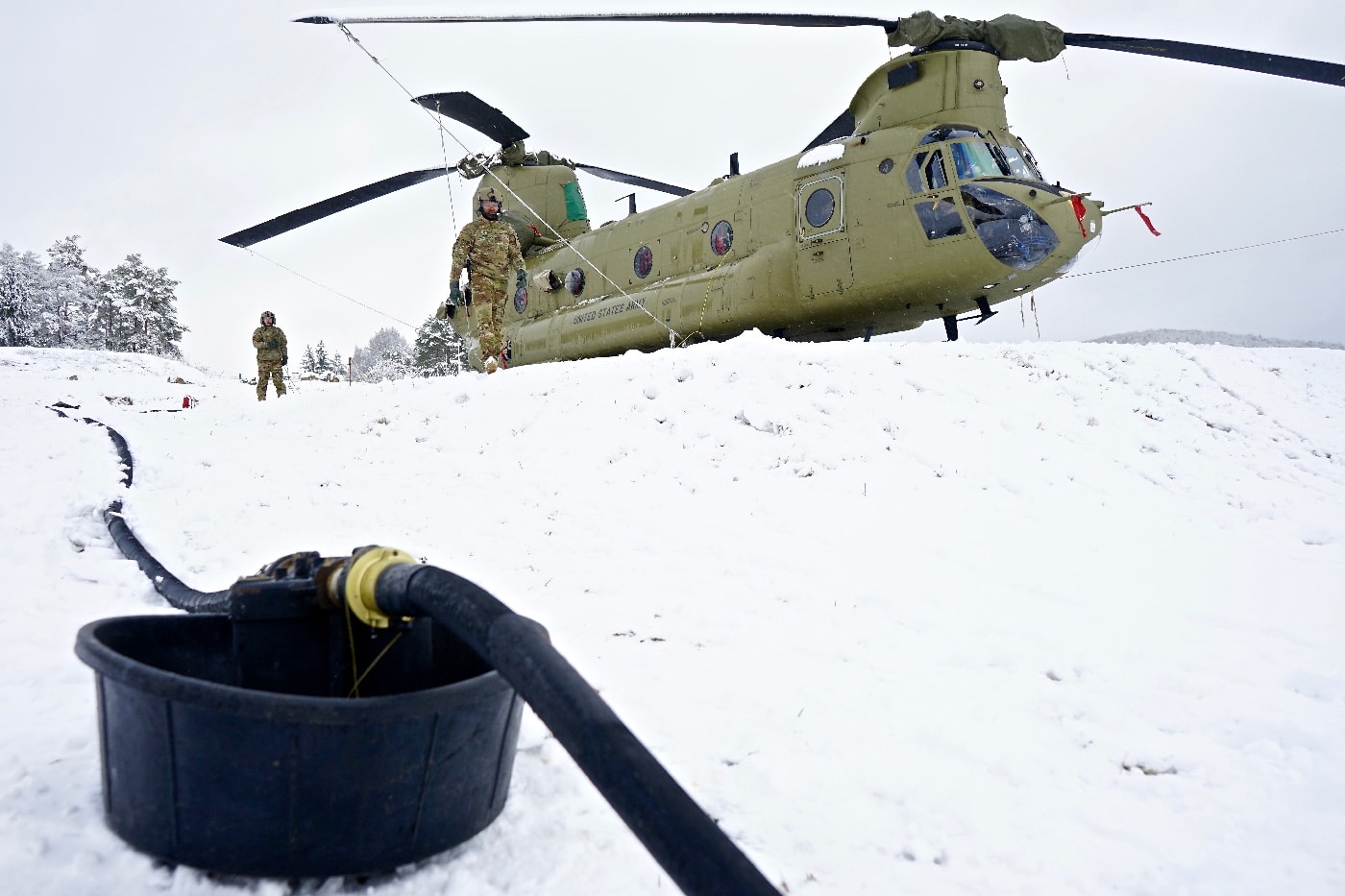
Sgt. Shane Outlaw (left) and Staff Sgt. Anquan Bagley deliver fuel to a CH-47 from a fueling and re-arming point (FARP) during a NATO training exercise. Image: Sgt. Gregory T. Summers/U.S. Army
It also doesnt much care what direction it is pointed.
By contrast, the fully-articulated system on the Chinook feasted on negative Gs.
It features seatbelts for 33 combat troops, but can carry lots more in a pinch.
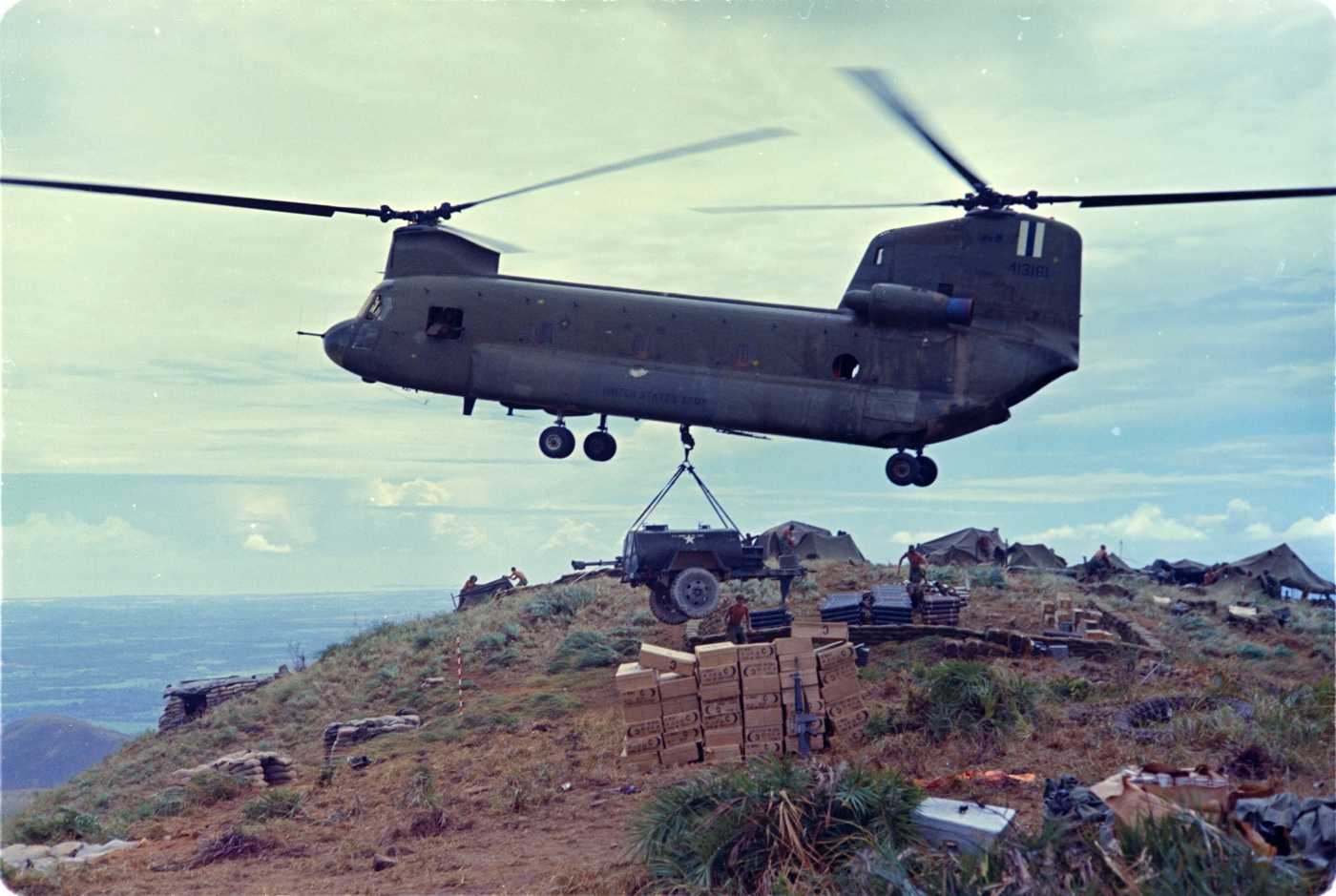
In September 1967, a CH-47 Chinook helicopter lowers a water trailer to soldiers of the 101st Airborne Brigade in the Tam Ky area, Republic of Vietnam. Image: NARA
The fuselage is 52 feet long, and each rotor blade spans 30 feet.
The aircraft has mounts for three defensive machine guns.
Ours were sucktasticD-model M60 machine guns.
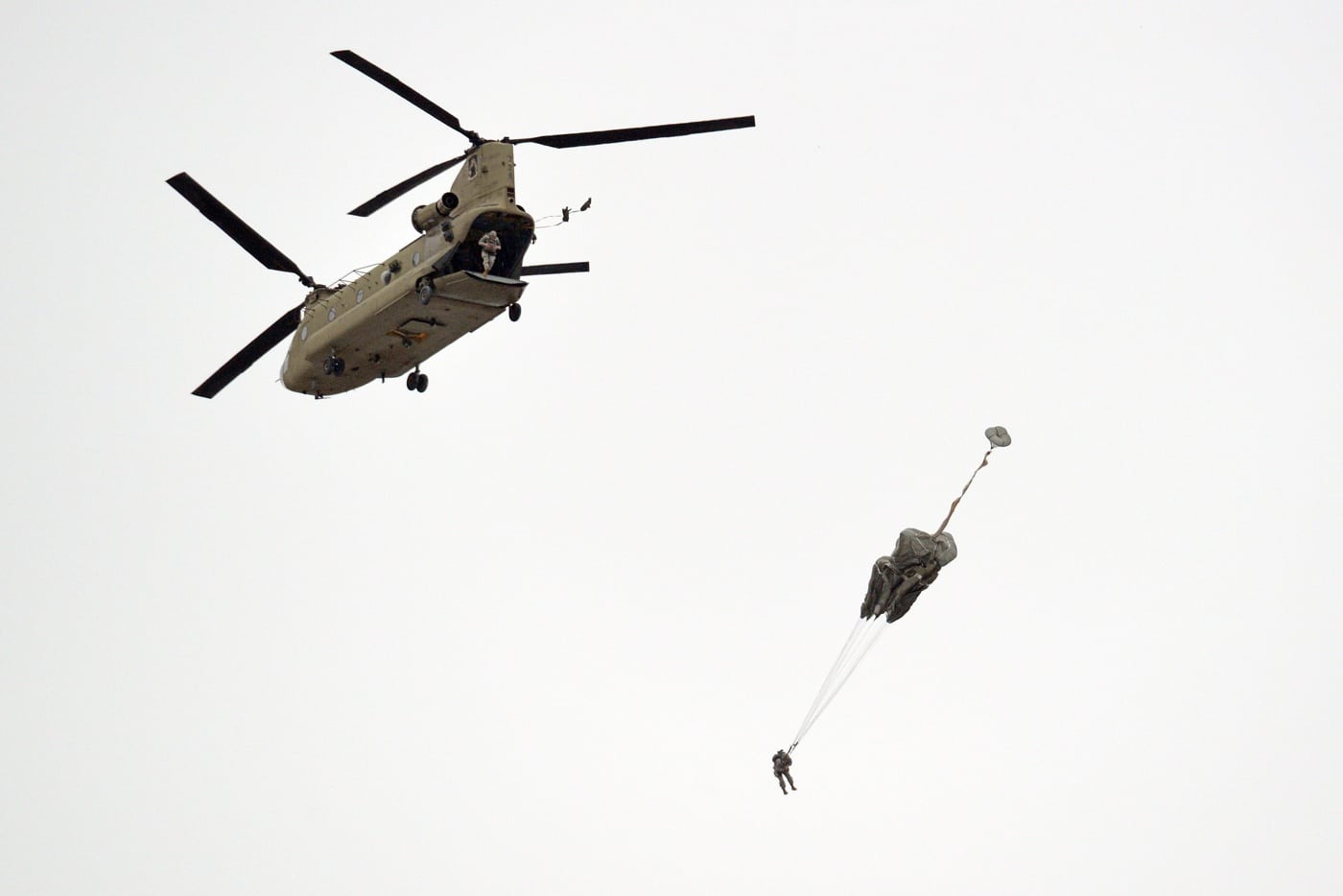
Paratroopers assigned to the 173rd Infantry Brigade Combat Team (Airborne) conduct a training jump from a CH-47 Chinook on Feb. 10, 2014. Image: Gertrud Zach/U.S. Army
Nowadays, they use M240 guns.
The Night Stalkers of the 160thSOAR (Special Operations Aviation Regiment) operate Dillon M134D miniguns.
Unlike lesser U.S. Army helicopters, the Chinook is a fantastic instrument platform.
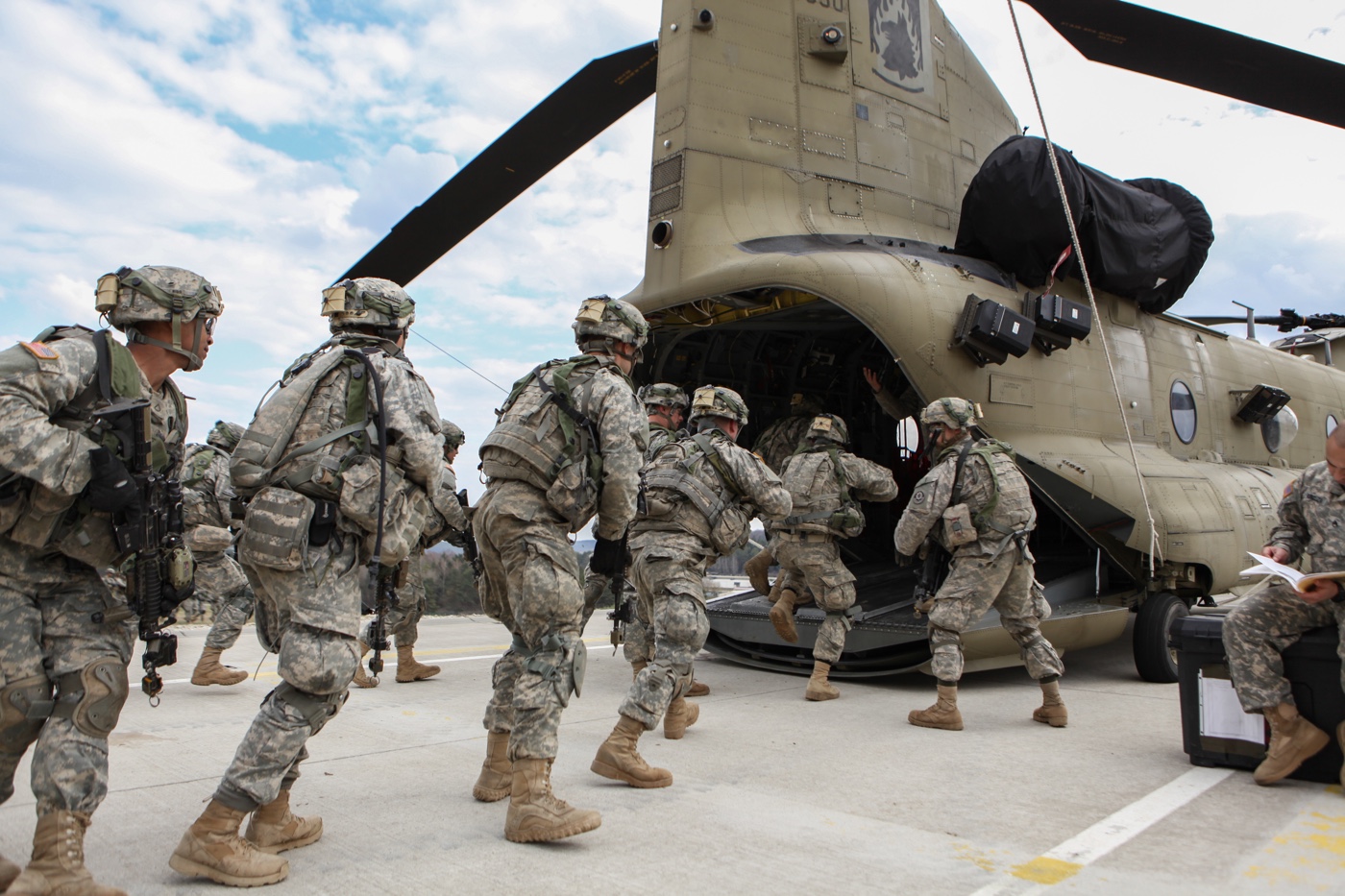
U.S. soldiers of the 12th Combat Aviation Brigade load a CH-47 Chinook helicopter while conducting cold load training during exercise Saber Junction 15. Image: Pfc. Shardesia Washington/U.S. Army
The AFCS (Advanced Flight Control System) will fly the aircraft hands-off in cruise mode.
Im sure all that is digital today.
An awe-inspiring spiraling vertical liftoff executed at maximum power configs was called a Black Cat takeoff.
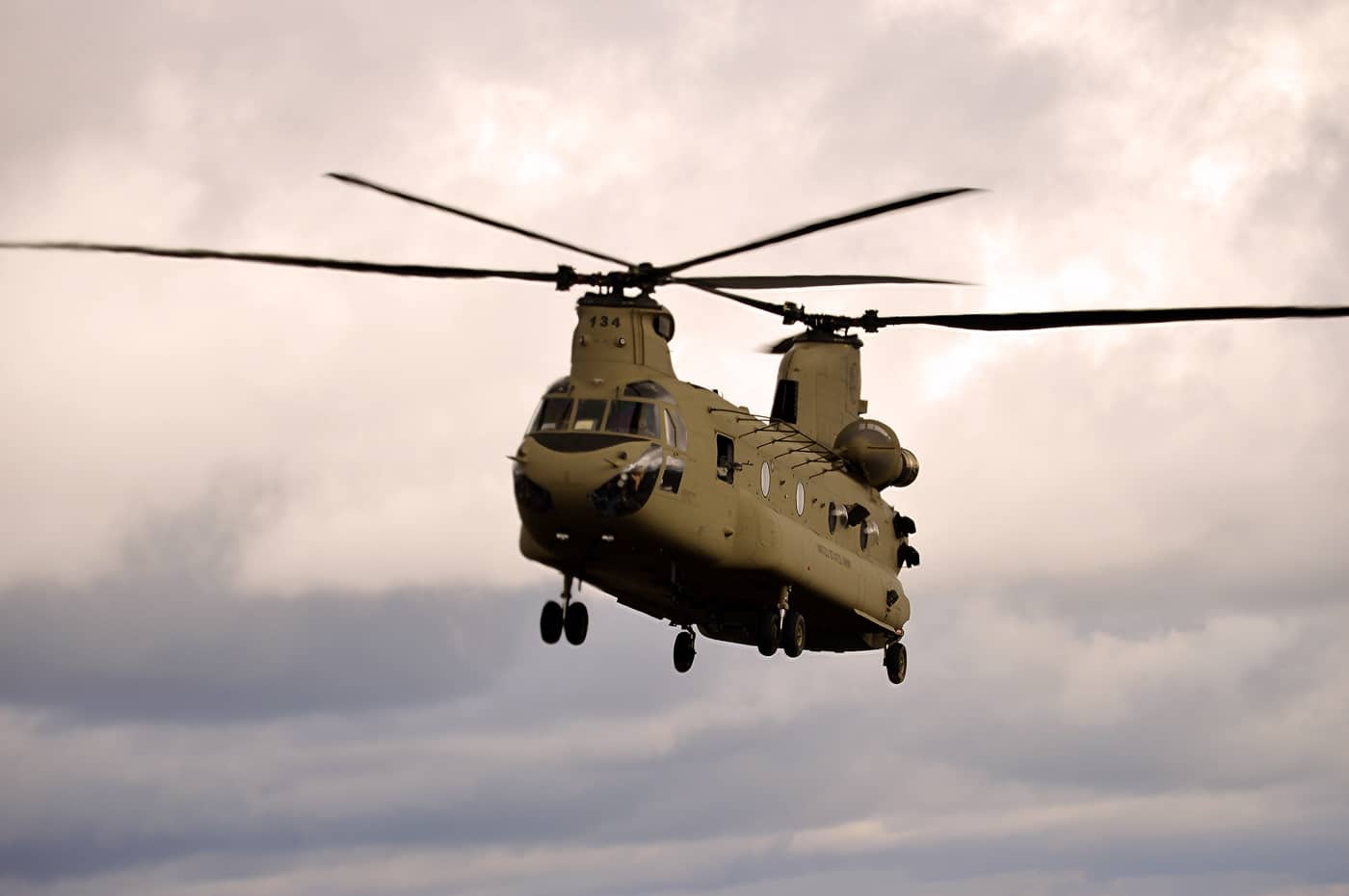
A CH-47 Chinook flies over 7th Army Training Command’s Grafenwoehr Training Area during an artillery operability exercise. Image: Sarah Tate/U.S. Army
No other machine could really do that.
Pinnacle landings were uniquely cool.
The same technique could be used to taxi the big helicopter on its back two wheels.
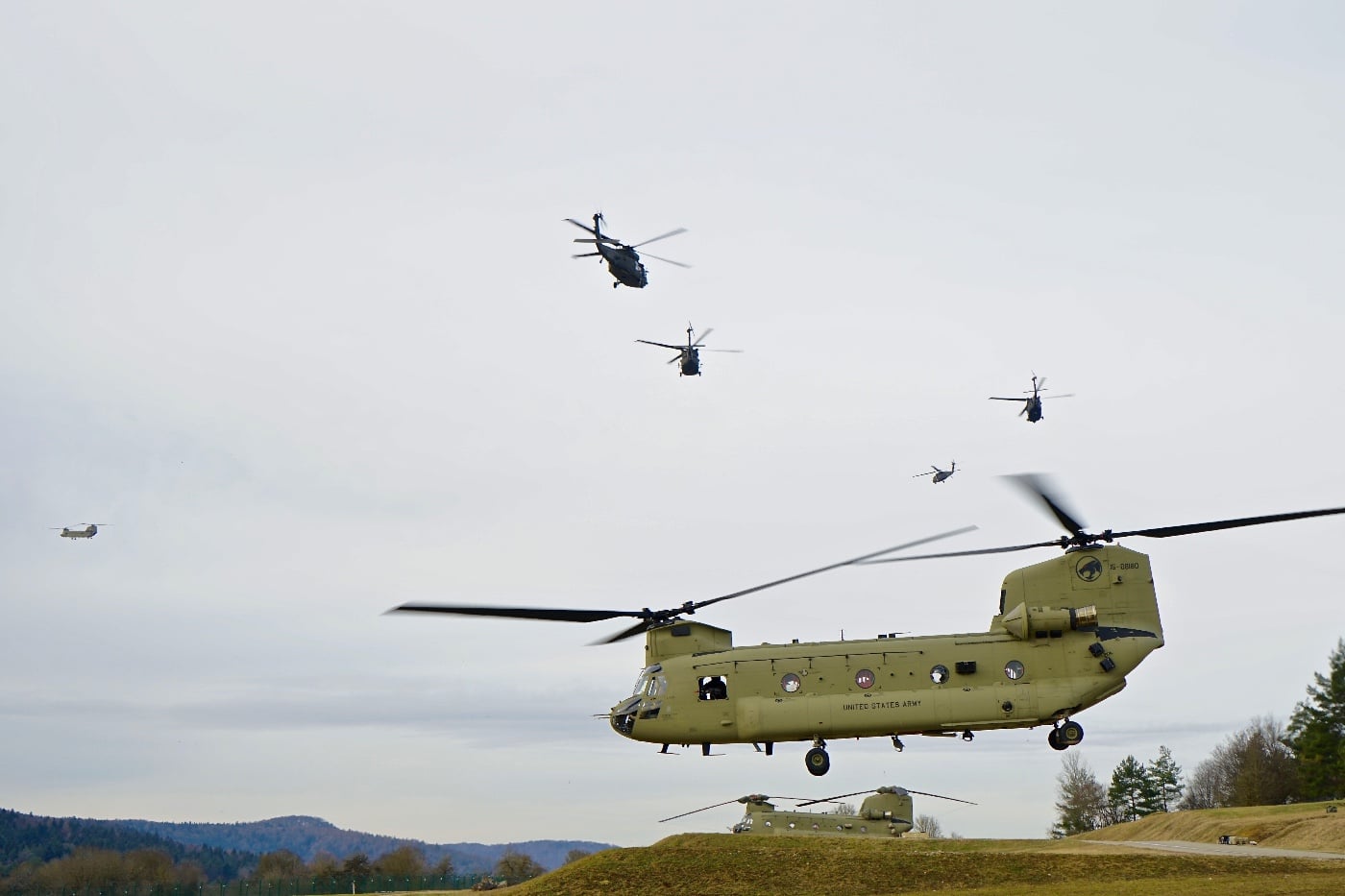
CH-47 Chinook, HH-60 and UH-60 Blackhawk helicopter crews of the 1st Cavalry Division take off during training in Germany. Image: Sgt. Gregory T. Summers/U.S. Army
The Chinook also made a great paradrop platform.
The CH-47D had three cargo hooks and could carry three separate external sling loads.
I once browned out in an especially dry LZ and let the aircraft drift.
My flight engineer wisely punched off the 105mm howitzer I was carrying before it could snag in the trees.
I mangled the gun and felt awful about that.
However, thanks to my crew dogs I didnt die, so theres that.
That meant we lived out of our machines.
We actually affectionately referred to the CH-47D as the Boeing Hilton.
I have spent weeks on end living out of my aircraft.
Operations in the Arctic bring their own unique challenges.
I later got to fly bothAH-1S Cobrasand OH-58A/C helicopters.
I learned to fly on Vietnam-eraUH-1H Hueysin flight school.
The Huey had the nostalgia, and the Snake the sex appeal.
Driving Aeroscouts single-pilot with the doors off was like flying a motorcycle.
That was a wild ride, indeed.




